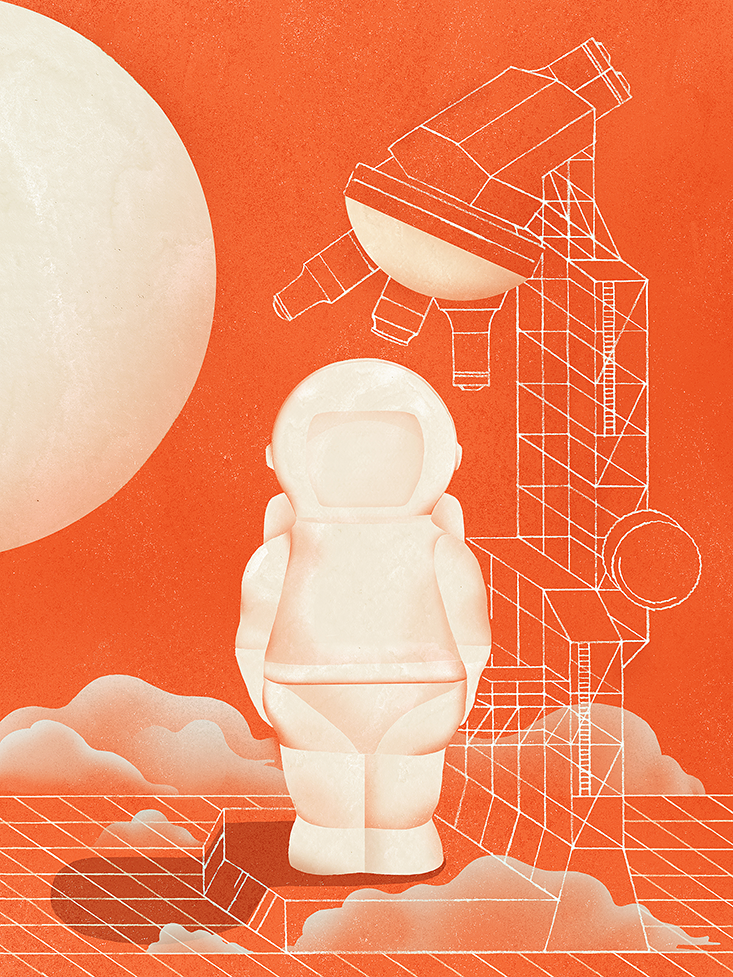How the Cold War Created Astrobiology by Dr Caleb A. Scharf for Nautilus Magazine

How the Cold War Created Astrobiology by Dr Caleb A. Scharf for Nautilus Magazine
Astronomy and biology have been circling each other with timid infatuation since the first time a human thought about the possibility of other worlds and other suns. But the melding of the two into the modern field of astrobiology really began on Oct. 4, 1957, when a 23-inch aluminum sphere called Sputnik 1 lofted into low Earth orbit from the desert steppe of the Kazakh Republic. Over the following weeks its gently beeping radio signal heralded a new and very uncertain world. Three months later it came tumbling back through the atmosphere, and humanity’s small evolutionary bump was set on a trajectory never before seen in 4 billion years of terrestrial history.
At the time of the ascent of Sputnik, a 32-year-old American called Joshua Lederberg was working in Australia as a......continue reading on Medium.com
About the author
Caleb Scharf works in the fields of exoplanetary science and astrobiology, and writes extensively about science for a popular audience. Exoplanetary science is devoted to the discovery and characterization of planets around other stars, and understanding the formation, histories, and properties of these planets. One ultimate goal of this research is to find planets that could harbor recognizable life, and to detect the presence of that life—an effort that falls under the banner of astrobiology. (Caleb Scharf website)
About Nautilus
Nautilus Quarterly is a New York-based online and print science magazine. It publishes one issue on a selected topic each month on its website, releasing one chapter each Thursday. Issue topics have included human uniqueness, time, uncertainty, genius, mergers & acquisitions, and feedback. Nautilus also publishes a print edition six times a year, and a daily blog called Facts So Romantic. (wikipedia)
Comments
Post a Comment